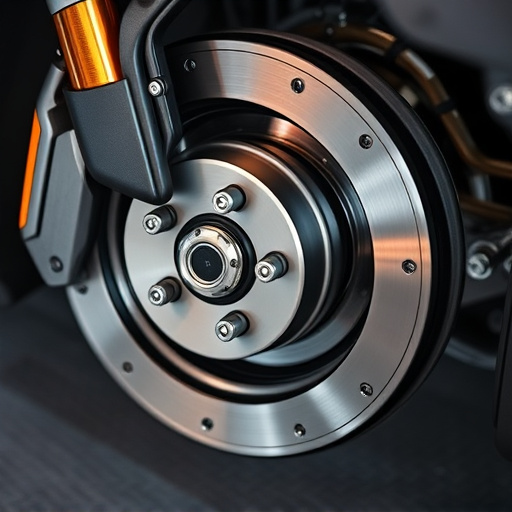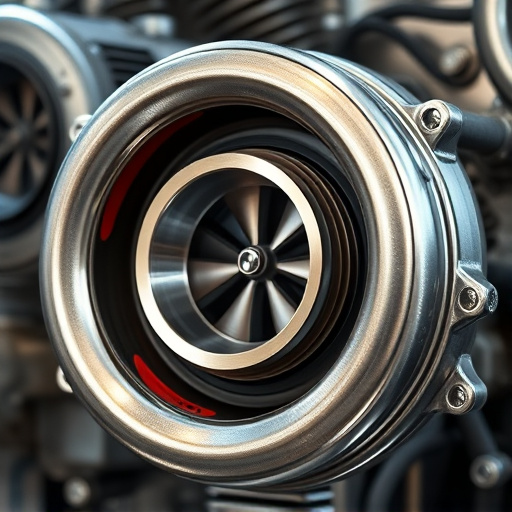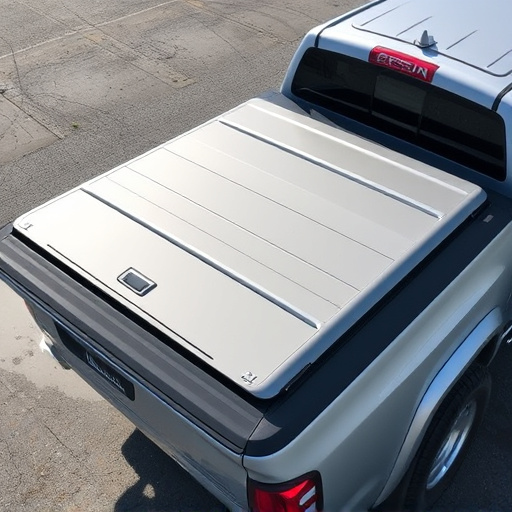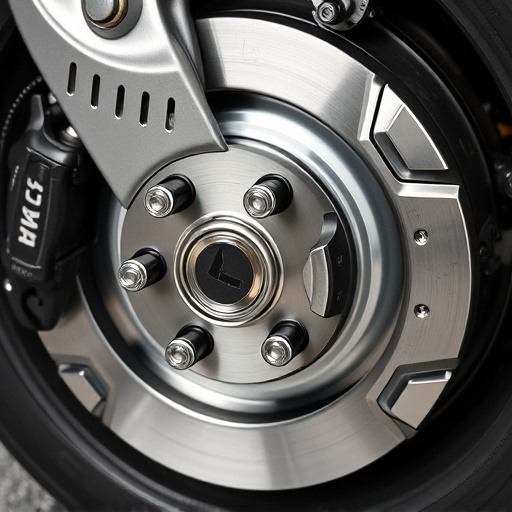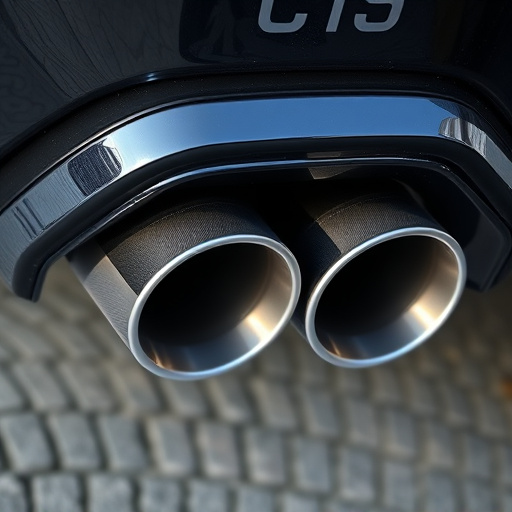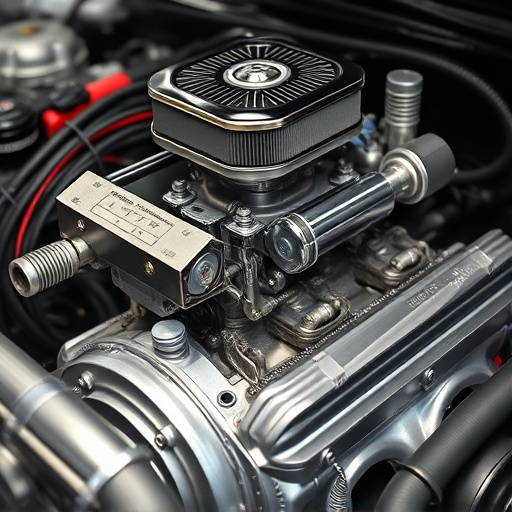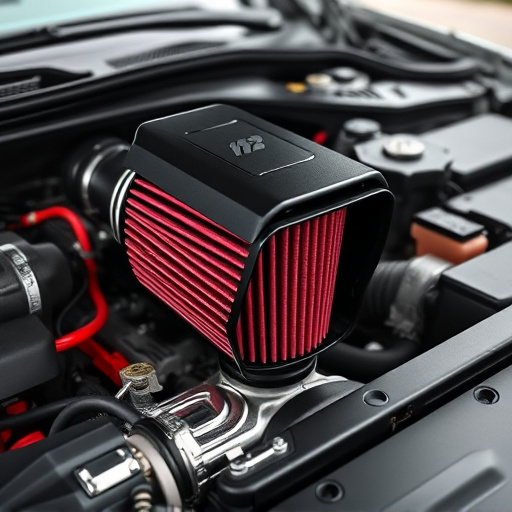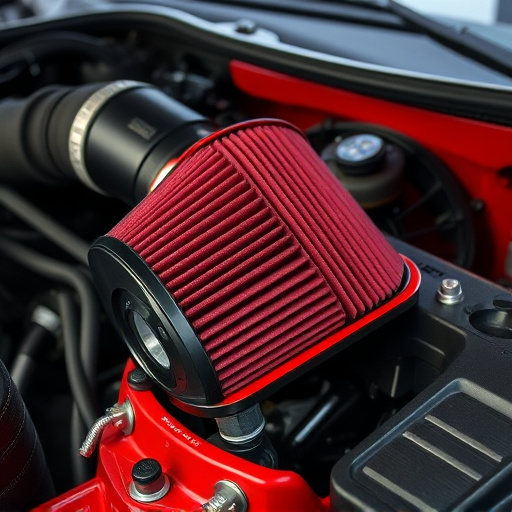Lowering springs are automotive upgrades that lower vehicle height, enhancing performance during cornering and improving overall driving dynamics. Made from durable materials, these springs reduce the car's center of gravity, increasing stability, responsiveness, and grip on winding roads or race tracks. Often paired with high-performance intakes and exhausts, lowering springs offer a better ride quality while boosting safety and handling, making them popular among car enthusiasts.
Lowering springs, a popular aftermarket modification, offer more than just a lower ride height. By adjusting the spring rate, these specialized components significantly enhance cornering capabilities and improve road feel. This article delves into the mechanics behind lowering springs, exploring their impact on vehicle dynamics, handling, and safety. We’ll guide you through choosing the right springs for your vehicle, discuss potential downsides, and reveal the long-term effects of this modification.
- Understanding Lowering Springs and Their Basic Function
- – Definition and purpose of lowering springs
- – How they differ from standard springs
Understanding Lowering Springs and Their Basic Function
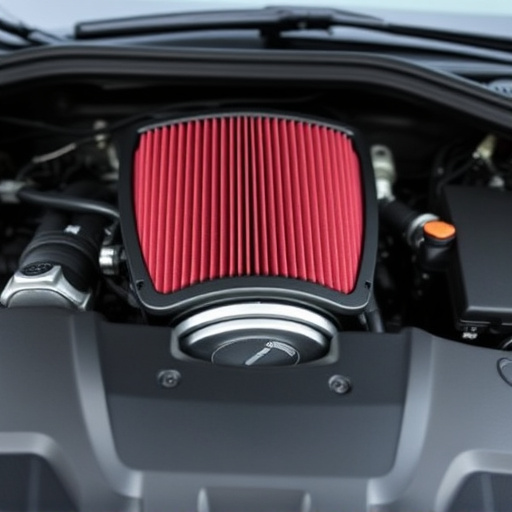
Lowering springs are a simple yet effective modification designed to enhance vehicle performance and driving dynamics, particularly during cornering. These springs, often made from high-quality materials like steel or aluminium, replace the original springs in your vehicle. Their primary function is to reduce ride height by lowering the car’s centre of gravity, improving stability and responsiveness when navigating turns.
By lowering the vehicle, these springs offer several advantages. They enhance cornering ability by allowing for better weight transfer, where the car’s weight shifts towards the outside wheel during a turn, resulting in improved grip and handling. Additionally, lowered springs can reduce body roll, providing a more responsive and agile driving experience. This modification is especially popular among enthusiasts who seek to optimise their vehicle’s performance air filters and air intake systems for maximum efficiency on the road.
– Definition and purpose of lowering springs
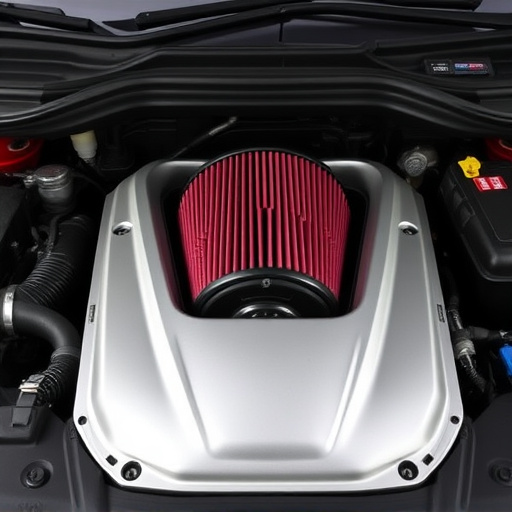
Lowering springs are automotive components designed to alter the height of a vehicle’s suspension system, lowering it closer to the road surface. This modification serves multiple purposes, primarily enhancing both cornering dynamics and overall driving experience, particularly on winding roads or race tracks. By reducing the vehicle’s center of gravity, lowering springs improve stability during sharp turns, allowing for better weight transfer and increased traction from performance brakes.
Additionally, this simple yet effective upgrade can significantly impact road feel. Lowering springs provide a firmer ride, minimizing body roll and improving the overall control of the vehicle. This is especially beneficial when paired with high-performance intake components and exhaust mufflers, ensuring that drivers experience every twist and turn in the road surface, enhancing both safety and enjoyment during each drive.
– How they differ from standard springs
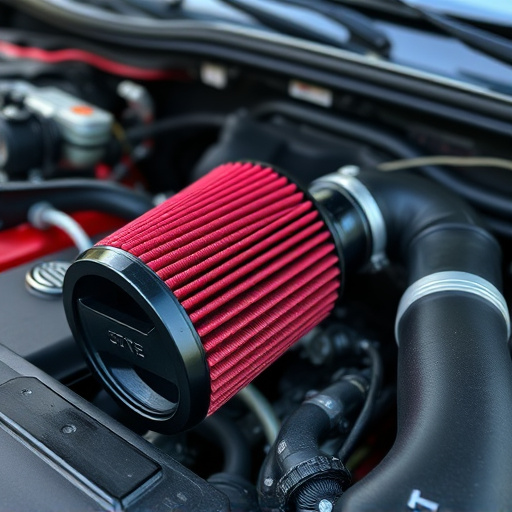
Lowering springs are a popular modification among car enthusiasts aiming to enhance their vehicle’s handling and overall driving experience. Unlike standard springs designed for stock performance, lowering springs are specifically engineered to lower the vehicle’s center of gravity, resulting in improved cornering capabilities. By reducing the height of the car, these springs offer several advantages, particularly when navigating tight turns at high speeds.
When installed as part of a coilover kit or as standalone components, lowering springs work by compressing under weight and force, allowing for a lower ride height. This adjustment not only improves cornering but also enhances the overall road feel. The reduced body roll provides better control, ensuring that high-performance parts like exhaust tips can be utilized without compromising stability. This modification is especially beneficial for those seeking to maximize their vehicle’s potential on winding roads or race tracks.
Lowering springs offer a simple yet effective way to enhance cornering and improve road feel in vehicles. By replacing standard springs with lower-height counterparts, drivers gain better control and a more responsive driving experience, especially during agile maneuvers. This modification is particularly appealing to automotive enthusiasts seeking to personalize their rides for improved performance and handling.

